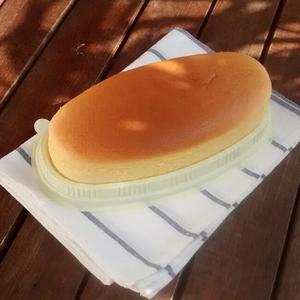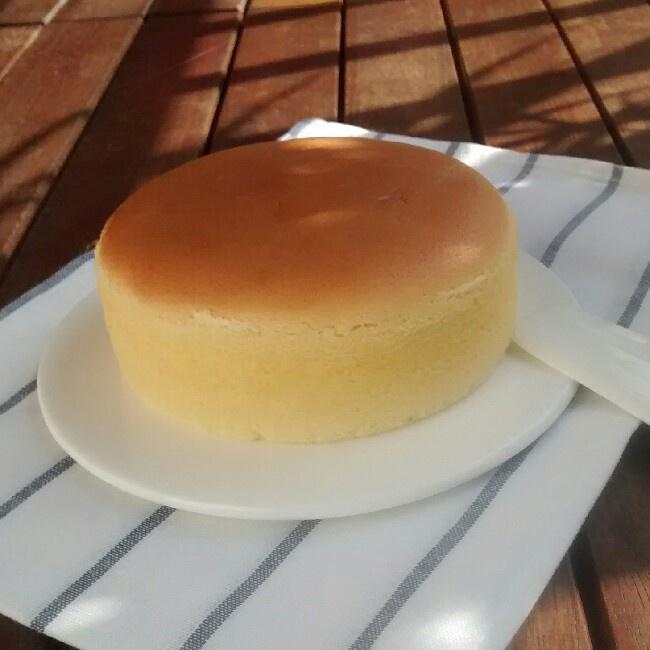Ingredients
Cream cheese
100 to 125 grams
Medium-sized eggs
3
Butter
30 grams
Water or milk
50 grams
Cake flour
30 grams
Granulated sugar:
50 grams
How to make light cheesecake
- You can choose a mold with a solid bottom or a mold with a movable bottom, whichever is more convenient for you. It is best to cut a round piece of wax paper to pad the bottom of the solid bottom mold to make it easier to demould. Apply butter on the four walls.
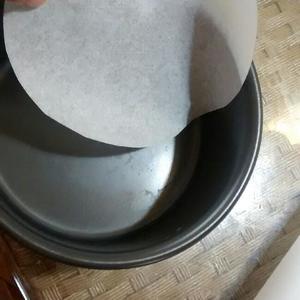
- Apply butter to the oval mold, including the bottom and sides. Apply it like waxing a floor.
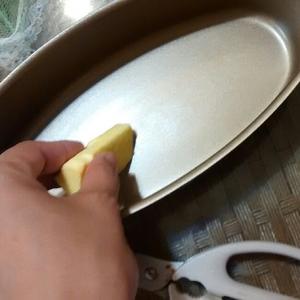
- Use your hands to push the cream cheese out of the bag to get the right amount. Do not touch it with your hands or with tools such as knives or spoons. Wrap it with plastic wrap and press it to a similar thickness.
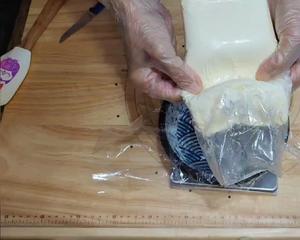
- Squeeze out the air in the bag, seal it with a sealing clip, and store it in the refrigerator. Do not freeze it. Frozen cream cheese will become like tofu dregs, which is not suitable for making cheesecake, but it is fine for making bread.
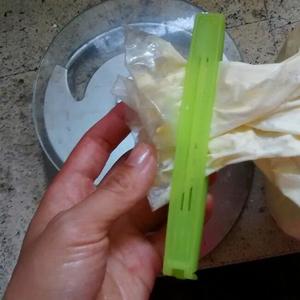
- Wrap the cream cheese in plastic wrap and put it in the microwave to defrost for one minute. Press it lightly with your finger to check if it is softened properly. Be careful not to overheat it.
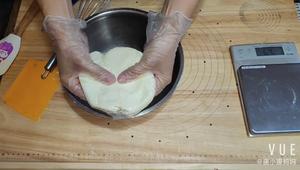
- Hold the whisk vertically in your hand and press it against the edge of the bowl to mix well, adding the egg yolks and stirring until all the egg yolks are added. Then add the milk or water and mix well.
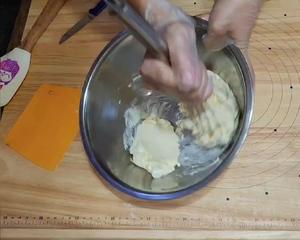
- Add melted butter to the egg yolk cheese paste, stirring evenly. (Because people have repeatedly asked about the problem of water and oil separation after adding butter, the butter only needs to be melted, and the temperature should not be too high. The outside of the container should not be too hot to touch. Too hot will cook the egg yolk and form a grainy texture.)
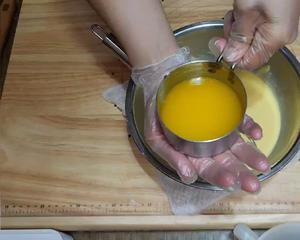
- Sift in the low-gluten flour and use a whisk, yes, a whisk, to stir the flour in a zigzag pattern. Remember to turn the bowl 90 degrees in the middle. Do not stir in one direction, otherwise the flour will become glutenous. Make sure to stir vigorously. Finally, use a scraper to tidy up the edge of the bowl. The egg yolk cheese paste is delicate and shiny, without tiny cheese particles and flour particles.
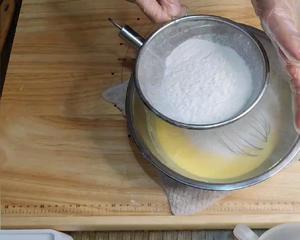
- Add a few drops of white vinegar or lemon juice to the egg whites, add fine sugar three times and beat with an electric whisk. Make sure the whisk head hits the bottom of the bowl and makes a clicking sound. Add 1/3 when coarse bubbles appear for the first time, 1/3 when fine bubbles appear for the second time, and finally 1/3 when the bubbles are fine and smooth.

- When the lines appear, switch to low speed stirring (to prevent over-whipping of egg whites and make the meringue more delicate). When you scoop up the meringue with the whisk, it will hang on the surface. The length of about three to four horizontal fingers is just right (when scooping the meringue, turn off the whisk, make two circles in the meringue with the whisk head, and gently lift it up). The shorter the meringue left, the higher the degree of whipping. Over-whipping of egg whites is prone to cracking.
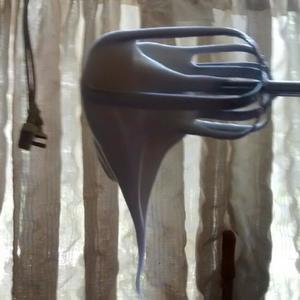
- Add the beaten meringue to the egg yolk cheese mixture in three batches, and use a folding technique to mix the cake batter lightly and quickly.

- Put the cake batter into the mold, shake off the large bubbles, and add hot water to the baking pan to cover half of the cake mold. Preheat the oven to 150 degrees on the middle layer for 60 minutes. Cover the cake surface with tin foil after coloring to prevent over-coloring. If the amount of cake batter is too much, you can use a small mold to divide it out, otherwise it will easily crack from the side into a mushroom shape.
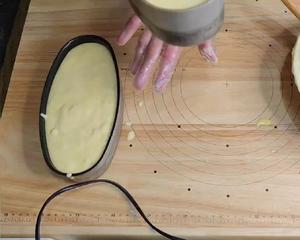
- Five minutes after the cake is out of the oven, the cake will naturally shrink and come out of the mold. Hold the cake with your hands, remove the cake mold, cover it with a plate and turn it over.

- After cooling, pack it in a box and refrigerate it for a better taste!
